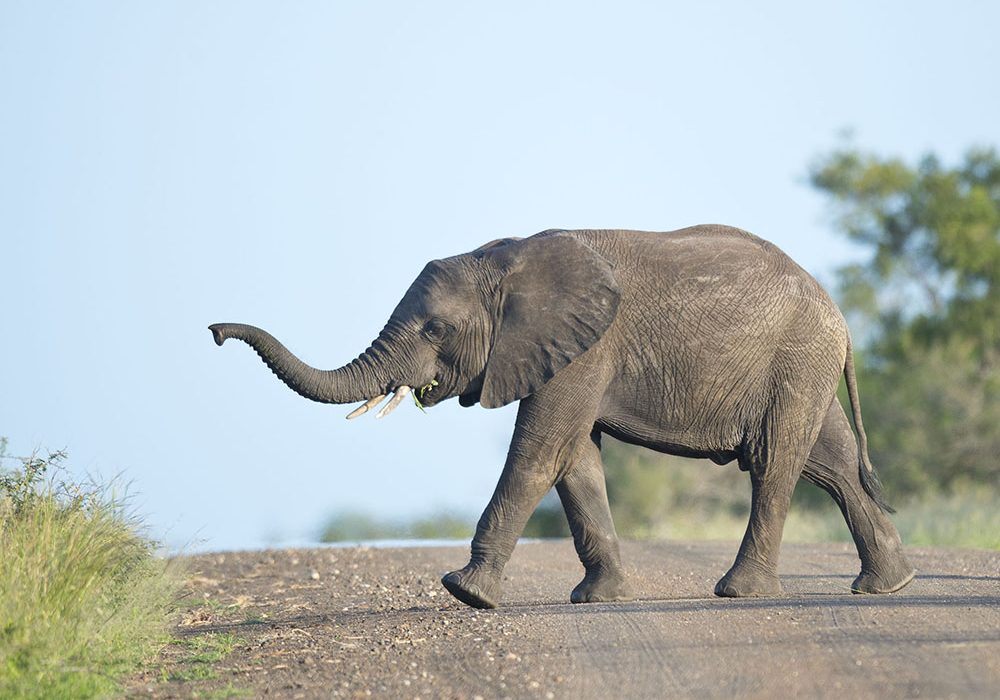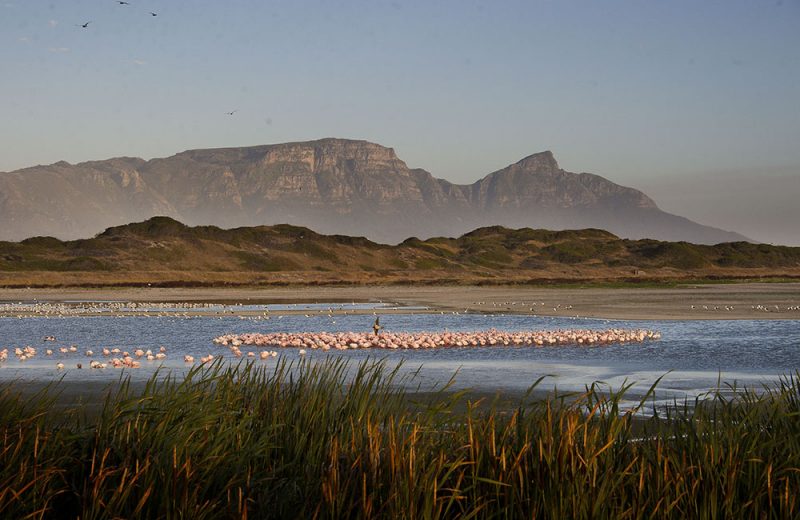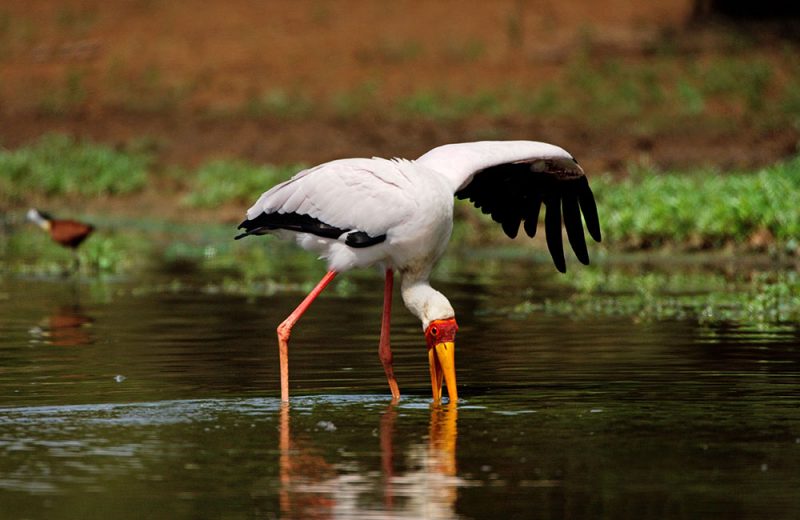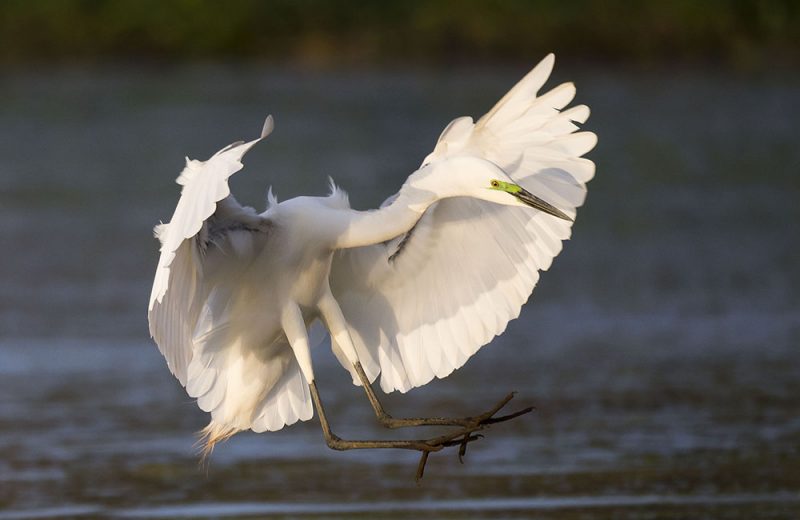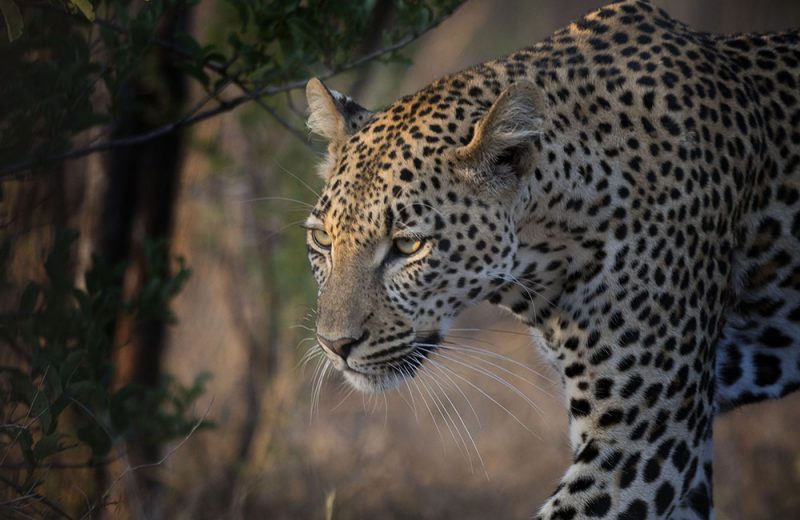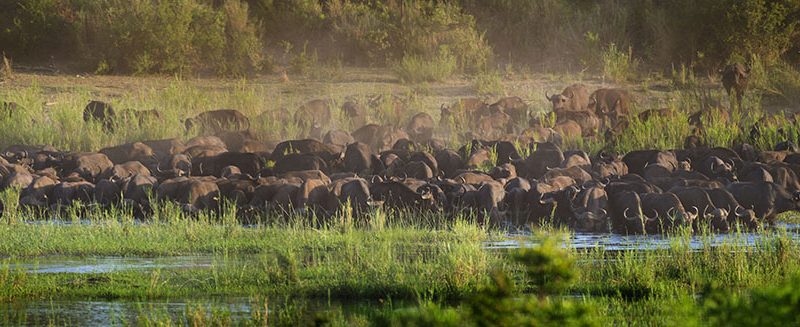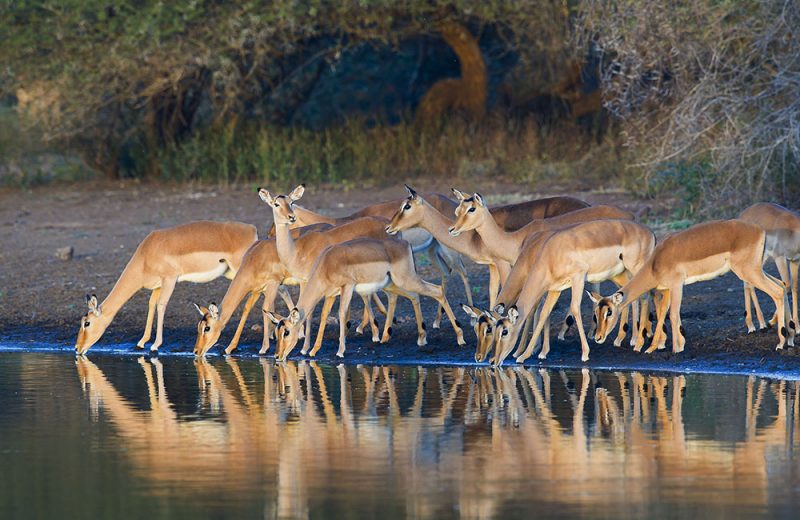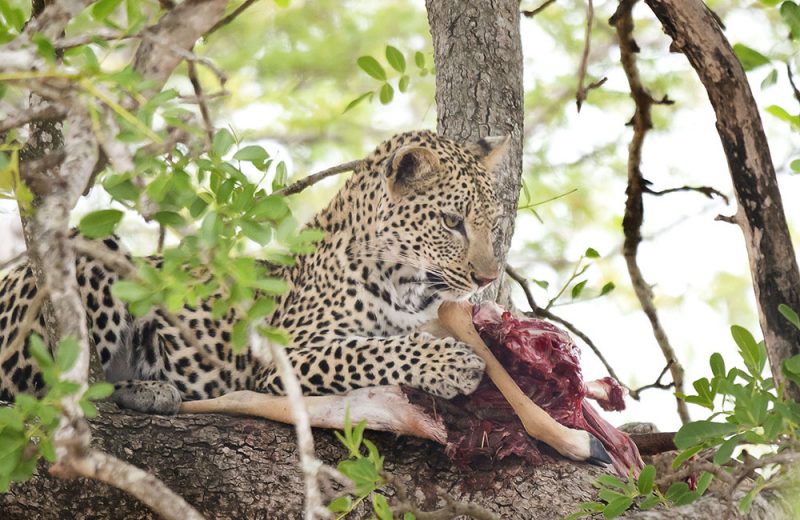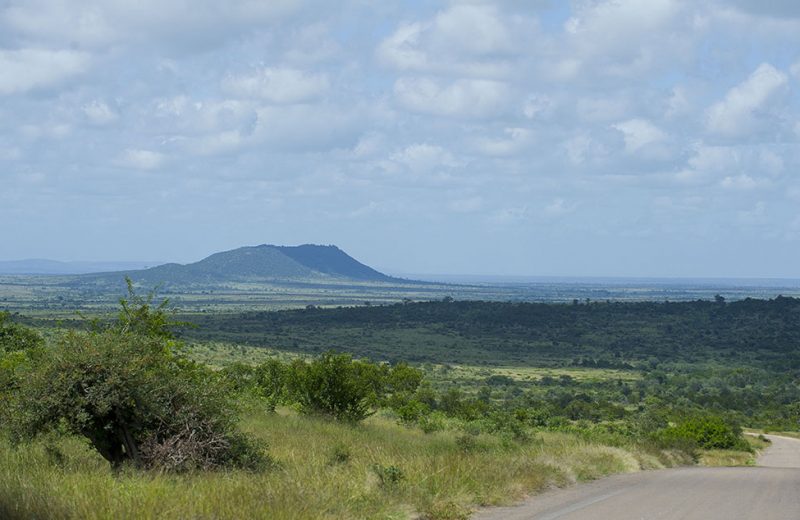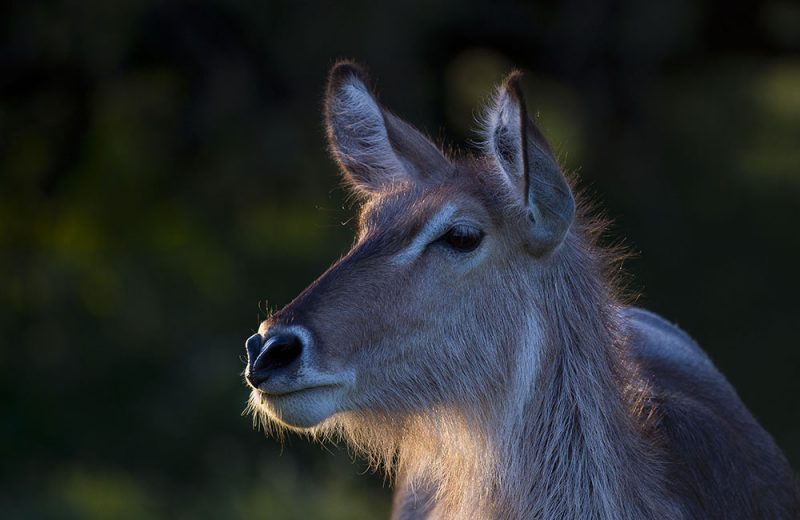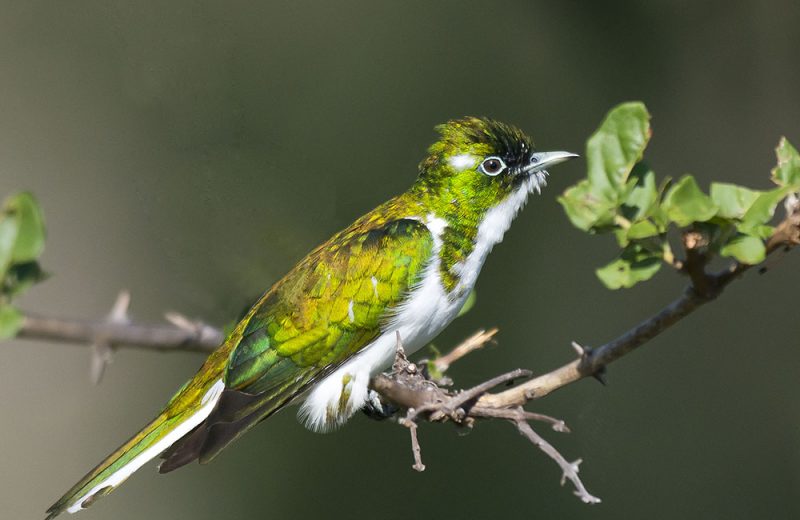The S100 and Nwanetsi area is so beautiful that I could travel up and down this road every day – especially as there is so little traffic early in the day. Again, it is cloudy as we creep down this magnificent river road but all is quiet today.
At the Gudzani T-junction we turn right and head southward along the S41 towards Nwanetsi. Much more rain has fallen in this area and the Gudzani stream is filled with large pools of water and the grass is green and lush.


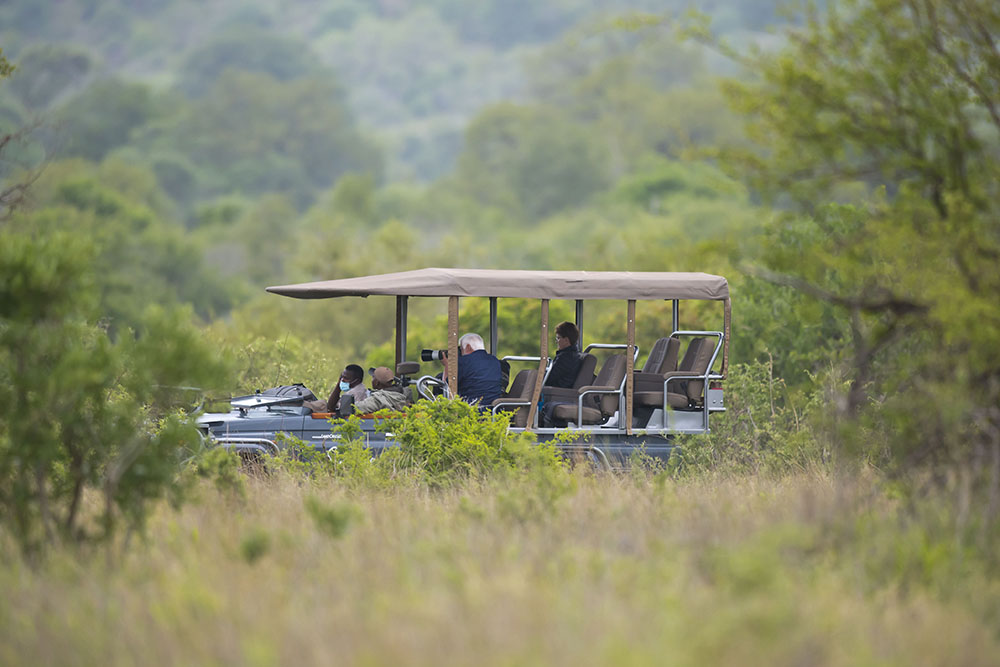
The area east of the road is a concession area – Singita – where son, Warren once worked. We note one of their tour bakkies operating so they are still in business despite the dearth of foreign tourists.

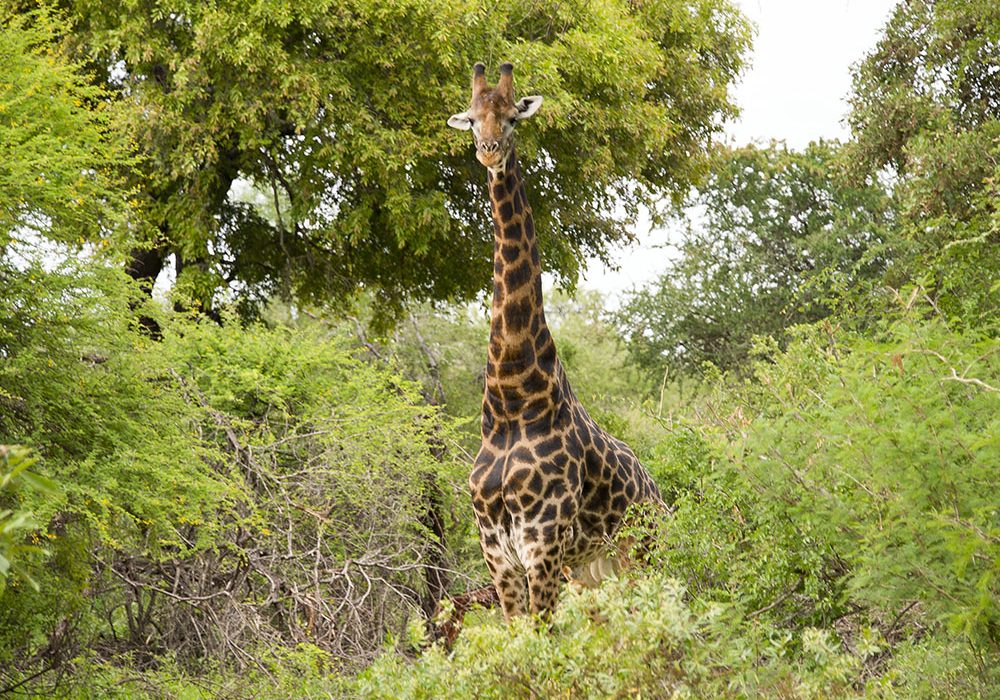
We push on to the Sweni causeway which (unlike Gudzani) is dry. Thereafter back to camp along the H6 main tarred road. Of real concern is the number of dead trees that one sees. The overpopulation of elephants which feed on the bark and the burning of the veld are no doubt responsible – a real tragedy. There are vast tracts of land here on the Satara plains without a single tree left standing. I have always been sceptical about the burning policy in Kruger which must have such a devastating effect on chameleons, tortoises, nesting birds, hares, mice and the like. Imagine too the effect on the young trees. The best policy I feel is to replicate nature as closely as possible as the delicate balance can be so easily upset.
Crossing the Nwanetsi Bridge on the main H1-3 we note some ellies in the streambed. These two ignored the green, stagnant water in the nearby pool and dug a hole to enjoy a more filtered drink.
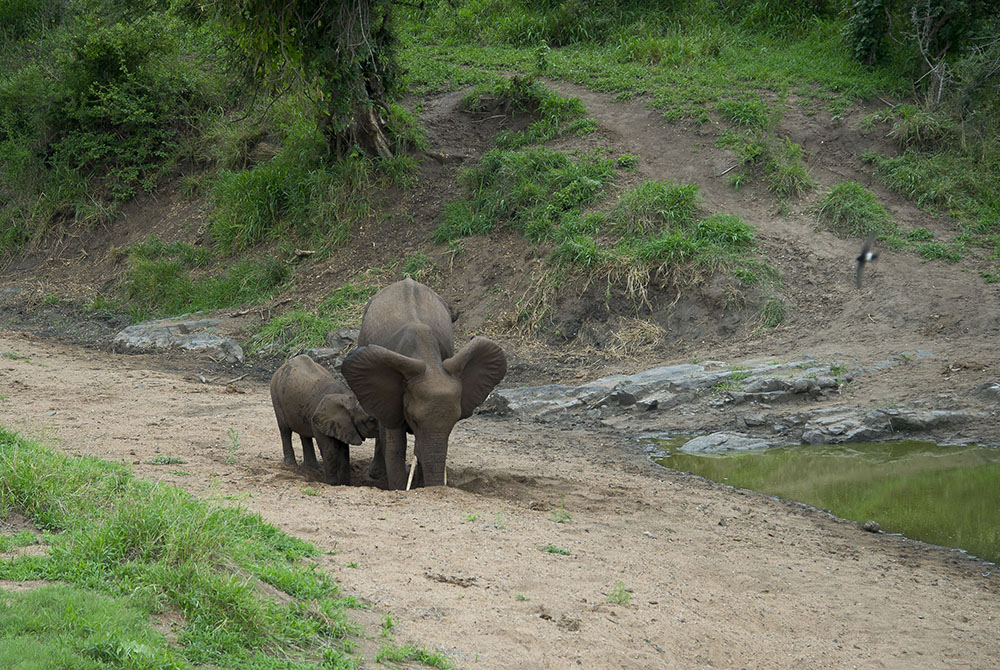
Back in camp a Pearl-spotted Owlet is calling nearby. For some reason we have not heard the Scops Owlet which is the usual trademark of Satara.
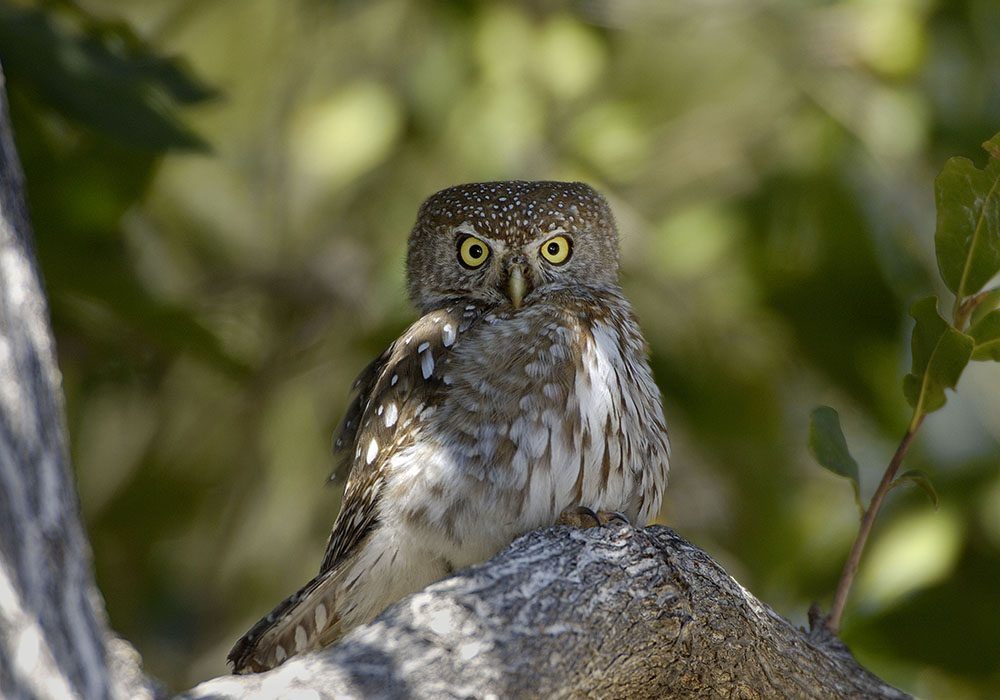
After our afternoon swim, we begin packing up in preparation for an early start for Lower Sabie in the morning. But another beautiful evening lures us out at 4.30pm.
We head again for Nsemani Dam on the Orpen H7 road passing a large buffalo herd grazing in the green, earlier burnt grass on the right.

Past Nsemani it to the Giravana Loop S12 which is such a lovely drive with the sun behind us. There is a little more water in the Giravana Dam and the veld has greened up a lot. Taking the S40 road back to towards Nsemani, we come across a herd of ellies crossing ahead of us.

Beyond them we notice another ellie making slow progress over the road and only when we get to it do we realise why.
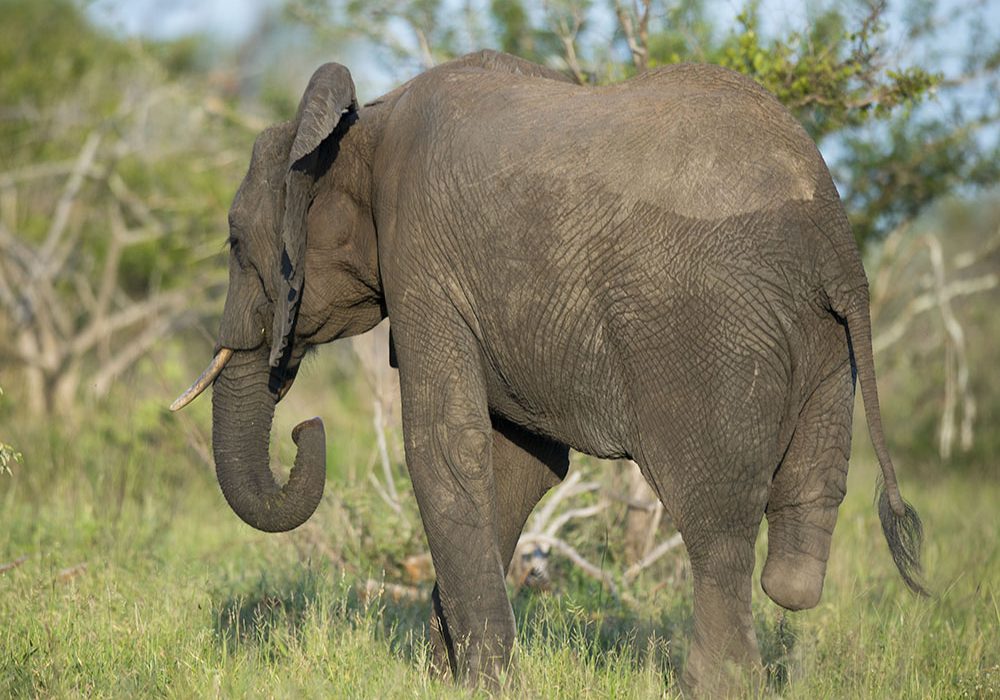
Tragically he has lost the lower portion of his rear, right leg – probably as a result of a cruel wire snare. Many animals get along quite well on three legs but I am afraid that for a heavy ellie it is a real problem as every step is quite an ordeal. Surprisingly though, it seems to be in reasonable condition.
No leopards lurking this evening and after watching more ellies bathing and hippos sparring, we return to camp. As I have stated, Satara has not been at its best as many of our usual favourite roads have not been an option because of the lack of grass and water. It is nevertheless a most beautiful region of Kruger that is always high on our list.

